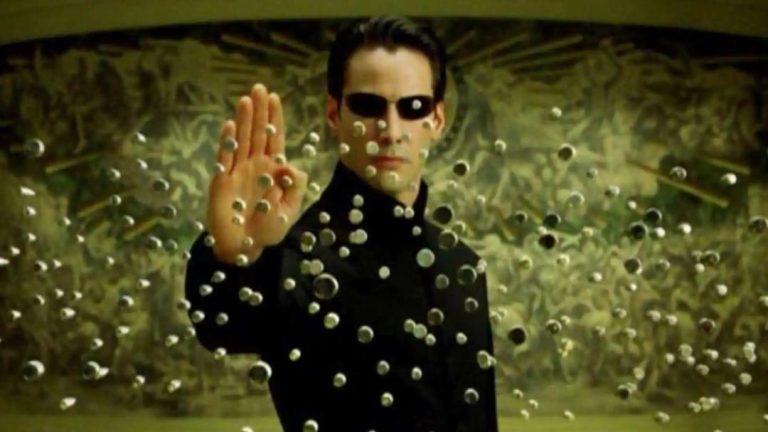
Swipes before Bites? Which is Better?
In the world of food tech, User Interface (UI) and User Experience (UX) design is not just about aesthetics; it’s the appetizer before the meal. A sleek and intuitive interface can make users crave more, while a clunky one can send them running for the hills. In this blog post, we’ll dive into the importance of UI/UX in food tech and explore which comes first – swipes or bites.
The Importance of UI/UX in Food Tech
Food tech has become a booming industry, with millions of users ordering food online every day. With so many options available, it’s crucial for food delivery apps to stand out from the crowd and provide an exceptional user experience. UI/UX plays a vital role in achieving this goal. A well-designed app can make a significant difference in user engagement, retention, and ultimately, revenue.
The Anatomy of a Great UI/UX
So, what makes a great UI/UX in food tech? Here are some key elements to consider:
- Intuitive Navigation: A user-friendly menu navigation system is essential. This includes clear categorization, easy search functionality, and minimal taps to order.
- Mouth-Watering Visuals: High-quality images of dishes can make users’ mouths water and increase the chances of an order being placed.
- Streamlined Order Placement: A smooth ordering process is crucial. This includes minimal fields to fill, clear payment options, and real-time order tracking.
- Personalization: Personalized recommendations, offers, and loyalty programs can increase user engagement and retention.
- Feedback Mechanisms: Encouraging user feedback can help identify areas for improvement and increase overall satisfaction.
Swipes vs. Bites: Which Comes First?
So, which is better – swipes or bites? In other words, should you focus on designing a user-friendly interface first, or should you prioritize the food itself? The answer is both.
Designing a User-Friendly Interface
Before diving into the nitty-gritty of food ordering, you need to design an intuitive interface that makes users feel comfortable and confident. This includes:
- Clean Design: A clean and minimalistic design can help reduce clutter and make it easier for users to navigate.
- Clear Typography: Clear and easy-to-read typography can help reduce friction and make it easier for users to understand the ordering process.
- Responsive Design: A responsive design ensures that your app looks and feels great on various devices and screen sizes.
Prioritizing the Food
While designing a user-friendly interface is crucial, it’s equally important to prioritize the food itself. After all, the quality of the food is what ultimately drives user satisfaction.
The Perfect Blend
So, how can you strike the perfect balance between swipes and bites? Here are some tips:
- Design with Food in Mind: Consider the food ordering process when designing your interface. This includes clear categorization, easy search functionality, and minimal taps to order.
- Test and Refine: Test your app with real users and refine your design based on feedback.
- Balance Form and Function: Balance the aesthetics of your app with its functionality. A beautiful app is great, but it’s useless if it’s difficult to use.
- Focus on User Experience: Prioritize the user experience above all else. This includes designing an intuitive interface, streamlining the ordering process, and providing personalized recommendations.
Conclusion
In conclusion, swipes and bites are not mutually exclusive. A great UI/UX is essential for a successful food delivery app, and prioritizing both is crucial. By designing an intuitive interface and focusing on the food itself, you can increase user engagement, retention, and ultimately, revenue.
News Source
This blog post is based on an article from Growth Jockey, a leading digital marketing agency that specializes in social media trends and growth hacking. To learn more about the latest social media trends and growth strategies, visit their website at https://www.growthjockey.com/blogs/social-media-trends-india-global.






